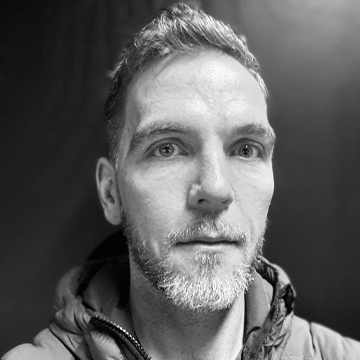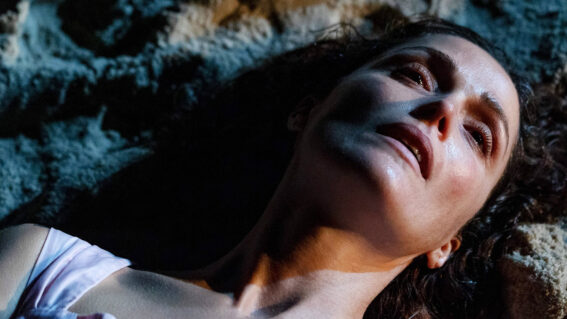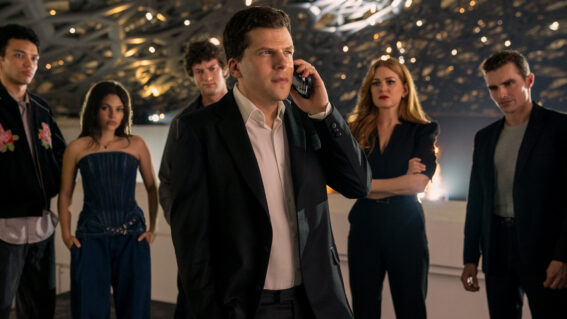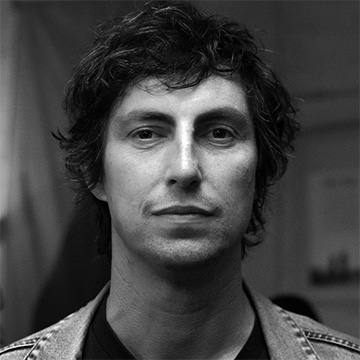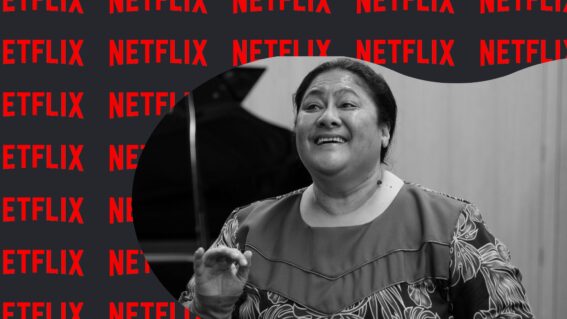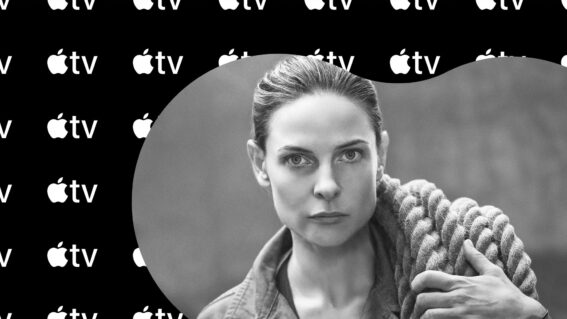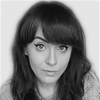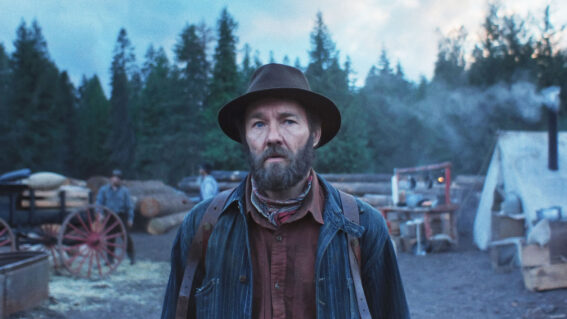Q&A with animation director Maciej Jackiewicz – ‘Platige Image’
Maciej Jackiewicz is a long-time member of Platige Image, the Polish animation and post-production studio responsible for a number of highly regarded short films. An anthology of the studio’s work is showing at this year’s NZFF. We sat down and chatted to Maciej who is a guest of the festival and will be at the […]

Maciej Jackiewicz is a long-time member of Platige Image, the Polish animation and post-production studio responsible for a number of highly regarded short films. An anthology of the studio’s work is showing at this year’s NZFF.
We sat down and chatted to Maciej who is a guest of the festival and will be at the Auckland screenings.
FLICKS: Hello from Flicks. How are you?
JACKIEWICZ: I’m feeling fine, I guess. Had a very long trip.
How did you become involved with Platige Image?
I had been working for them as a freelancer ten years ago, and then I started working full-time. Now it’s been, like, six years I’ve been working for them. I started as a character modeller (modelling, texturing, compositing, so on).
Did you always want to be a modeller or did you always have the intent of being involved in animation?
It’s hard to say. It started as a hobby. In 3D, you usually start with modelling, but yeah, I think I wanted to do animation.
How would you describe the collection of shorts Platige Image are showing this year?
It’s divided into 2D and stereoscopic 3D, but there are two kinds of short films. The first are those made by the directors and the artists working with us.
What I like about Platige is that they give support to the artists to make their own films. If you really want to do something and if you want to spend a few years making it, there is a chance that the studio will help you. We have a few films like this: The Cathedral, Fallen Art and the latest, Paths of Hate, by Damian Nenow.
The other part is, we call them “special projects” because these are not commercials, because, you know, we do lots of commercials and they’re stuff the studio does to earn money. The “special projects” are animations commissioned by some other institutions, like the reconstruction of the destroyed Warsaw, City of Ruins, which was commissioned by The Warsaw Rising Museum. It was pretty strange, they wanted to reconstruct the ruined Warsaw after WWII, as it was in 1944 and 1945.
Another “special project” would be the 3D reconstruction of [Jan Matejko’s] painting [Battle of Grunwald]. This is strange because, you know, these pieces, they don’t have ‘story’. But I think it’s quite interesting because we don’t see these kinds of projects too often.

Jan Matejko's mural 'Battle of Grunwald', a piece Platige have digitally reconstructed in stereoscopic 3D.
What films in this collection did you play a major role in?
The Witcher 2 intro. Spent a few months doing the animation.
How did Platige Image end up doing a short for The Witcher 2?
It started a few years ago. Five, at least, because the first Witcher was released five years ago, and they asked us to make the intro and outro for that game. They liked what we did, so they asked us to do the intro for the next part.
How do you feel about stereoscopic 3D being labelled as a gimmick in feature films?
Sometimes they are right, because it’s not always necessary. I don’t like it myself, because it’s twice as much work, at least in some areas, like having to render everything twice. There are lots of technical complications, and it’s not always worth the effort for the final effect.
I think you can’t get rid of it now; it will be in the movies.
But I’m not sure if you’ve seen Pina 3D. I’m not into dancing, so I didn’t think I’d like it a lot, and I thought the 3D would just be a gimmick. But when I watched it, it was really interesting to see the effect it had on the dancers. It was like you were on the stage, able to look between the dancers. I wouldn’t have thought it was worth making it in stereoscopic 3D but after I saw it, it was really interesting.
It’s not only for science fiction movies, I guess.
